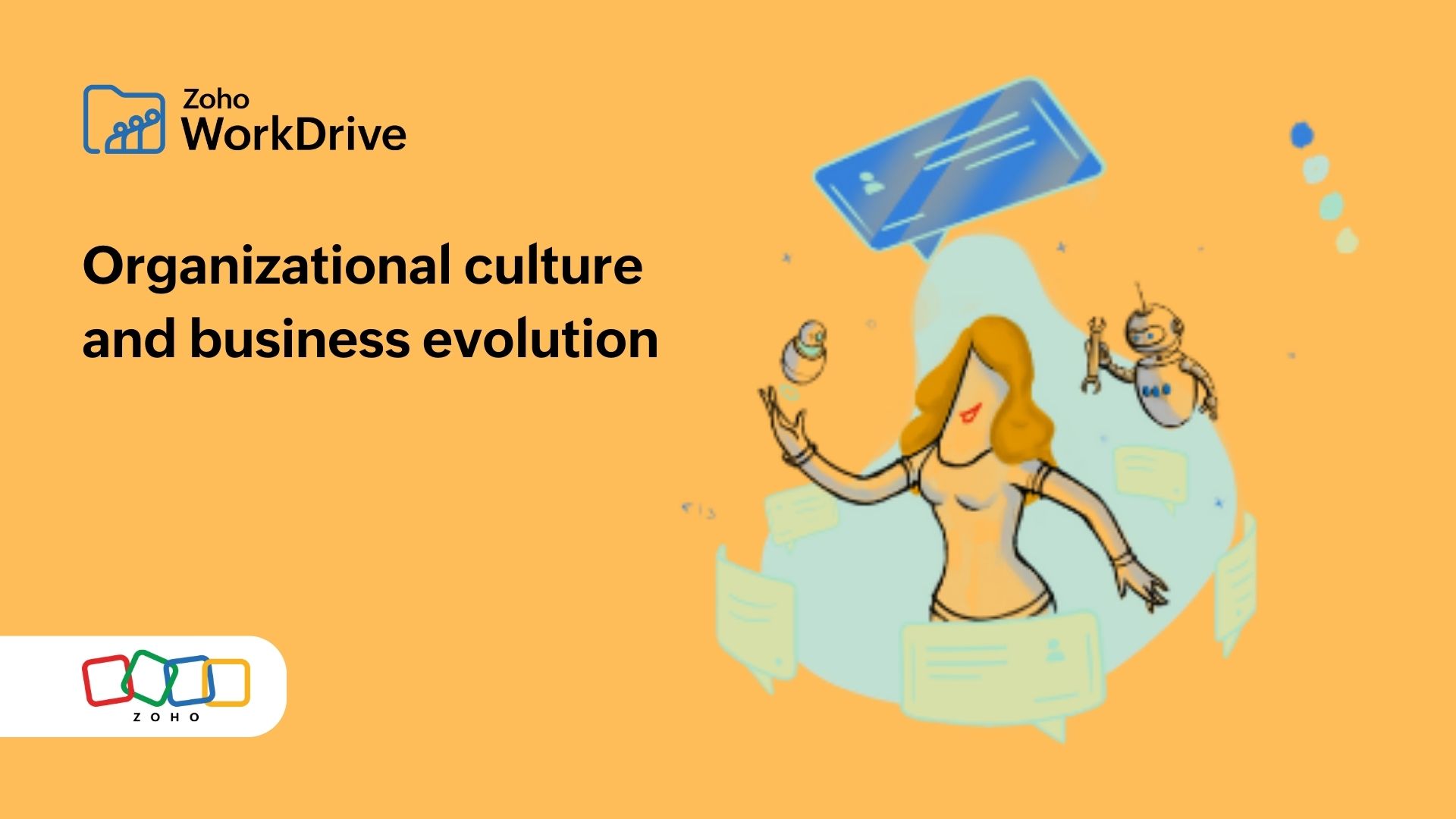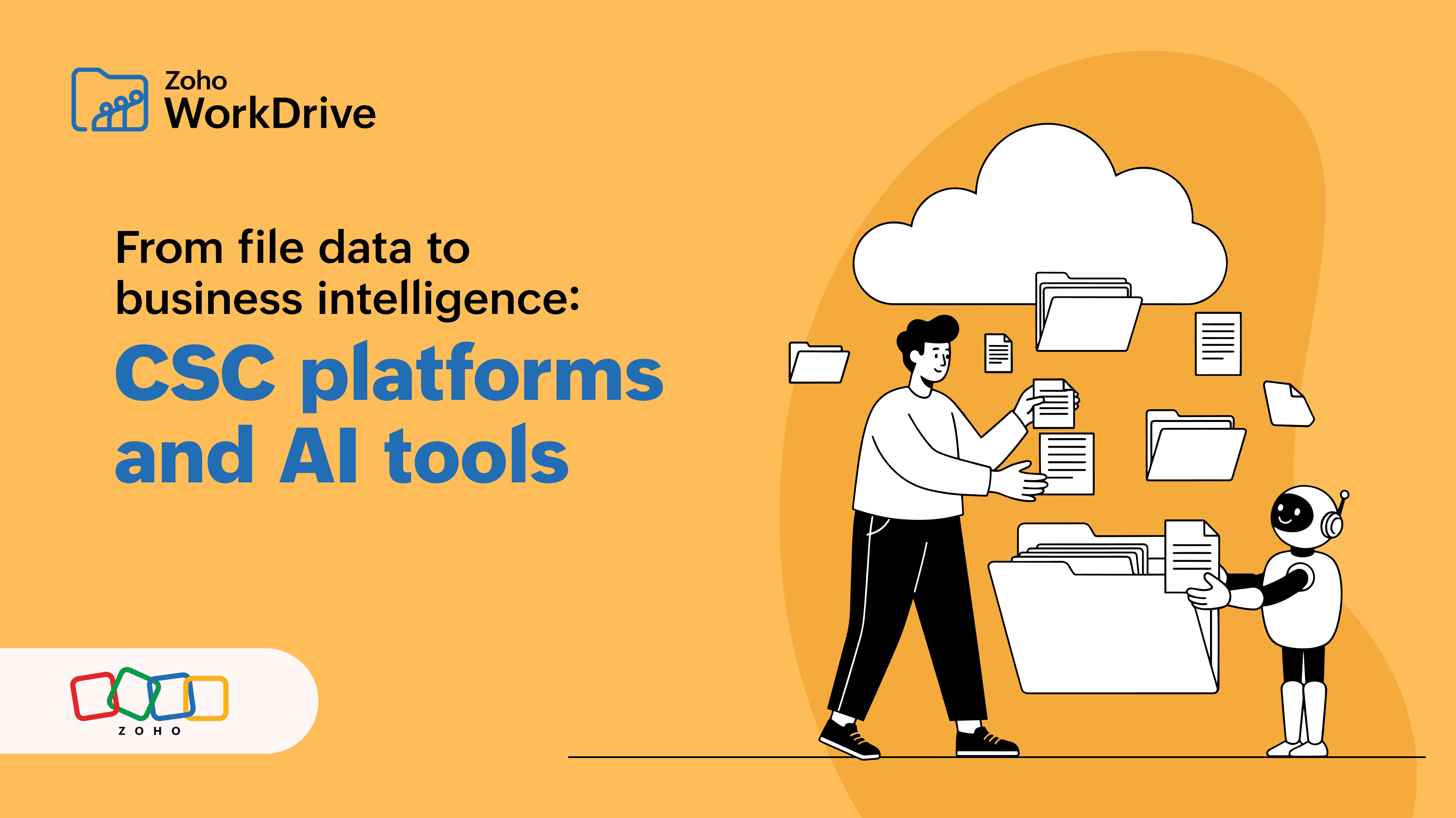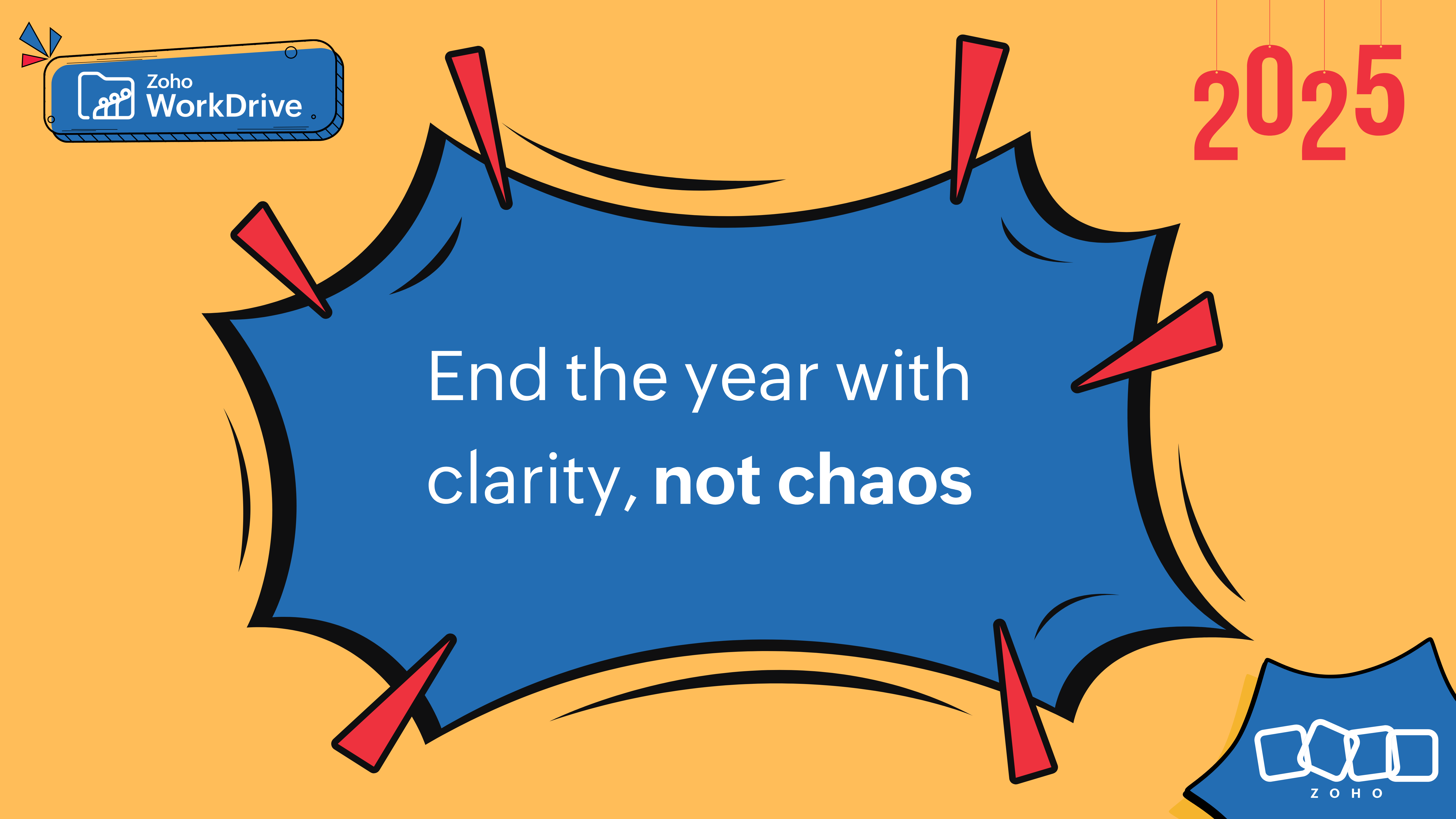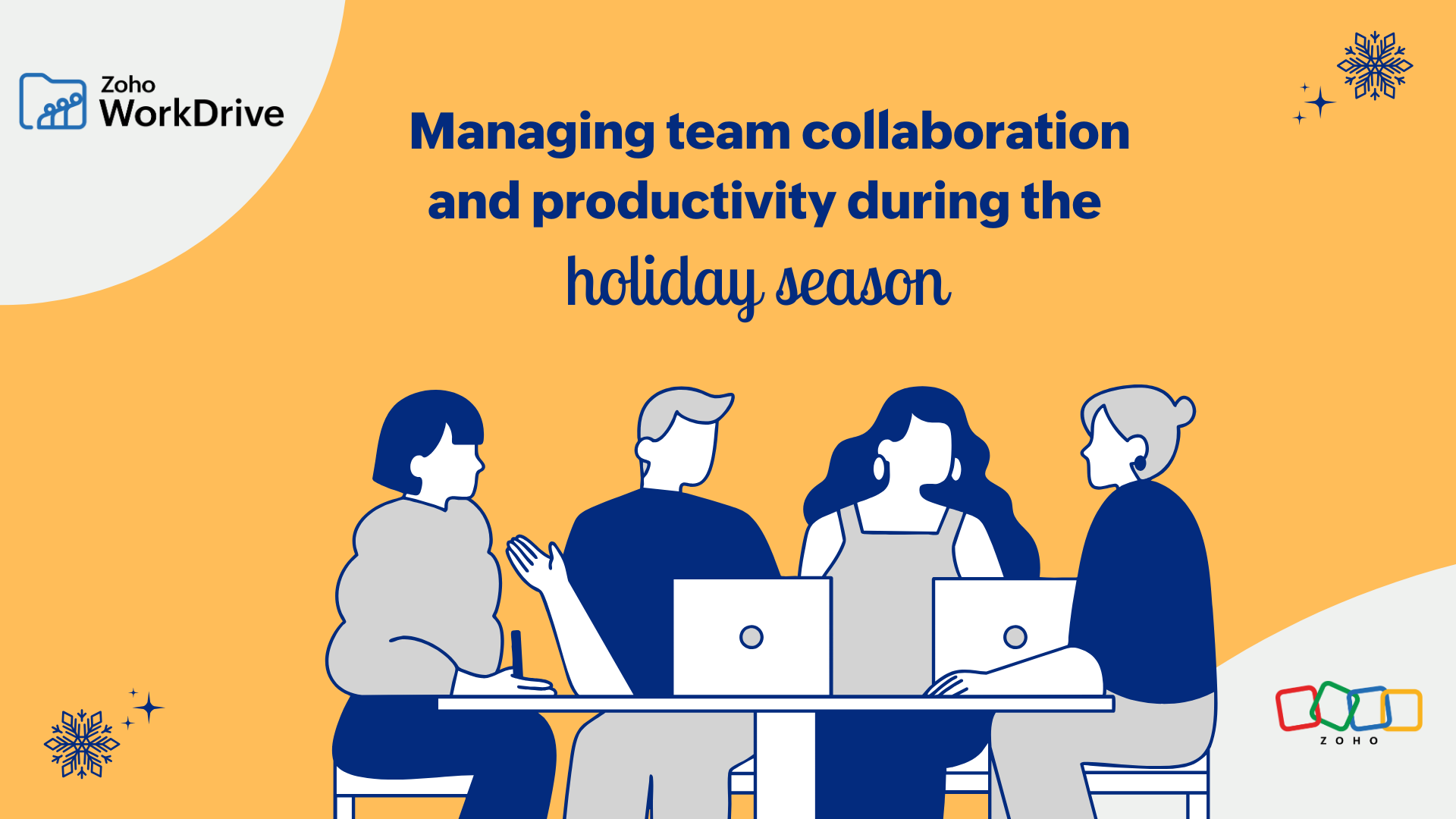- HOME
- Work Culture
- The evolution of the office workplace
The evolution of the office workplace
- Last Updated : December 17, 2023
- 924 Views
- 4 Min Read

From the introduction of new technology and tools to the rising trend of remote working, the modern workplace today is more diverse, with higher expectations and a shift in values.
Back in the day, workplaces were a lot less tech-oriented, and most employees were expected to work independently. Cubicles defined the offices of yesterday and business communications took place over landlines while facing challenges in collaboration and file tracking.
Work life has undergone major changes since the 1950’s. Teamwork is in, while hierarchy is out. The arrival of computers led the way for business-oriented software to make work quicker.
It is true that technology has been the underlying force driving changes in the way people work. The impact of technology, however, goes well beyond allowing more people to work remotely.
Flexibility on the rise
For decades, people worked overtime, up to 60 hours a week. With the rise of the internet, the workloads increased even more. Now, the workplace is evolving faster than ever before. A 40-hour work week is an accepted standard in today’s work culture. Employees demand greater choice and flexibility, access to real-time learning, and the ability to work on projects that drive global workplace transformation.
The current generation prefers to work from anywhere—be it at a cafe or from the comforts of their own homes. Jobs are becoming more granular, increasingly broken down to a project or task level, with less emphasis on the number of hours someone works. Advances in technology have fueled people’s desire for more flexible working arrangements and, in parallel, given companies the ability to meet those requirements.
Technological change and the work environment
Imagine a future where your car alerts you of heavy traffic or your alarm clock notifies you about your coffee brewing in the kitchen.
It wasn’t that long ago where someone could work only from one location, considering we had to be plugged into a power source and relied on a physical wire for internet connectivity. Technology runs our lives these days. The right technology can vastly improve a company’s overall efficiency and performance in the market, as well as improve employee productivity, communication, and engagement across the organization.
Reshaping workplace communication
Remember when face-to-face conversations were a daily requirement? Hand-written letters? With rapid technological advancement, how we communicate continued to evolve as well. Our jobs have changed, the places we work in have improved, and so have the tools we use to communicate with each other at work. We have gone from memos and notice boards to email and team chat in just a few decades. For the truly mobile worker, their workplace is wherever they are, as long as they have access to the internet.
Change is constant
Workplaces always have varied in terms of look and culture, often based on regional, industry-wide, or organizational norms. As organizations adapt to the new culture of work, more discoveries await that may reveal the true, far-reaching nature of the changes that are occurring.
Technology’s impact on productivity is redefining how workplace cultures are evolving. Its influence on culture is breaking down old models and rebuilding new ones that will continue to shift as new generations enter the workforce.
In today’s workplace, the only constant is change. Rising employee expectations are driving this shift to workplace cultures that support more collaboration, holistic well-being, flexibility, and development.
Adapting the smart work culture
Workplace culture influences many areas of an organization. There’s no one-size-fits-all approach to culture. Instead, differences based on industry, team, and personalities make culture unique and exciting.
The new approach in the age of “smart” working involves a shift in control from employer to employee. Organizations can transform from rigid employers to flexible networks in order to get the best results from employees.
For a potential smart workplace to emerge, organizations need to break the link between work and fixed location. Their approach must be able to navigate this blurred border between home and work for the employee. For example, Netflix adapted the smart work culture and trusted their employees to control their own work patterns, while expecting them to accomplish great work.
The takeaway
We live and work in a period of ever-advancing technology. The evolution of the workplace has come an incredibly long way, and technology has helped expand our possibilities at work. It took several decades and generations to make the last change of this magnitude.
The ability to balance work and personal lives, aided by technology, will be a key determining factor in shaping people’s lives for the upcoming decade. If organizations don’t keep up with the trend, they are likely to lose their best people to more agile companies or some form of self-employment. This reflects the fact that we need to move towards a future model of a workplace that adapts to the social, technological, and economic influences of the modern day, and employees’ changing values.


